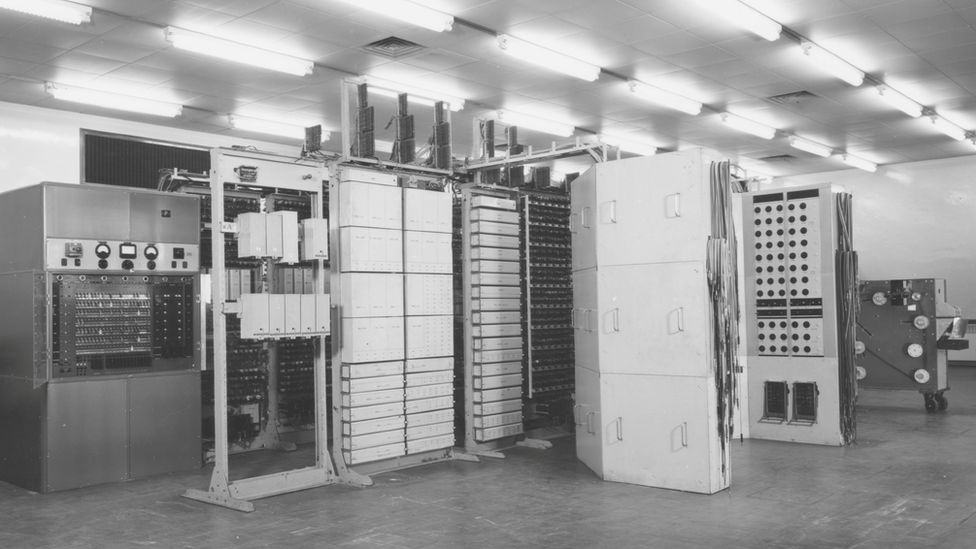-

-
-
Loading

Loading

GCHQ has unveiled previously unseen photographs of Colossus, the top-secret code-breaking computer that played a vital role in the Allies' victory in World War Two. The agency released the images to mark the device's 80th anniversary. The pictures shed new light on the creation and operation of Colossus, which is considered the world's first digital computer. Colossus remained a secret until the early 2000s. Anne Keast-Butler, director of GCHQ, stated that the photographs reflect the creativity and ingenuity required to ensure national security. The first Colossus was deployed at Bletchley Park in 1944, and by the end of the war, there were 10 computers aiding in decrypting Nazi messages. Manned by skilled operators and technicians, including members of the Women's Royal Naval Service, Colossus stood over 2 meters tall and was equipped with 2,500 valves. Additionally, the release includes blueprints, intercepted German instructions, and an audio clip of the machine in action. Colossus played a significant role, decrypting 63 million characters of high-grade German messages during the war, including providing intelligence on Hitler's deception during the D-Day landings. Despite its impact, the existence of Colossus remained classified until the 2000s, and most of the machines were destroyed after the war. The computer's designer, Tommy Flowers, was instructed to hand over all related documents to GCHQ. Bill Marshall, a former GCHQ engineer who worked on Colossus, mentioned that he was unaware of its wartime significance and expressed pride in his involvement. According to Andrew Herbert, chairman of trustees at the National Museum of Computing, Colossus was a significant precursor to modern computers, and many individuals who operated it at Bletchley Park became pioneers in British computing.